Menu
Trees enhance the quality of our environment, offering many benefits that improve the quality of life. However, they are susceptible to diseases, prompting the expertise of certified arborists. A common threat to these magnificent entities is anthracnose, a fungal disease that causes leaf spots, defoliation, and dieback. If you notice these signs in your yard, the Driscoll Tree Service can help. We provide pertinent information to help you understand anthracnose, its causes, symptoms, and management strategies.
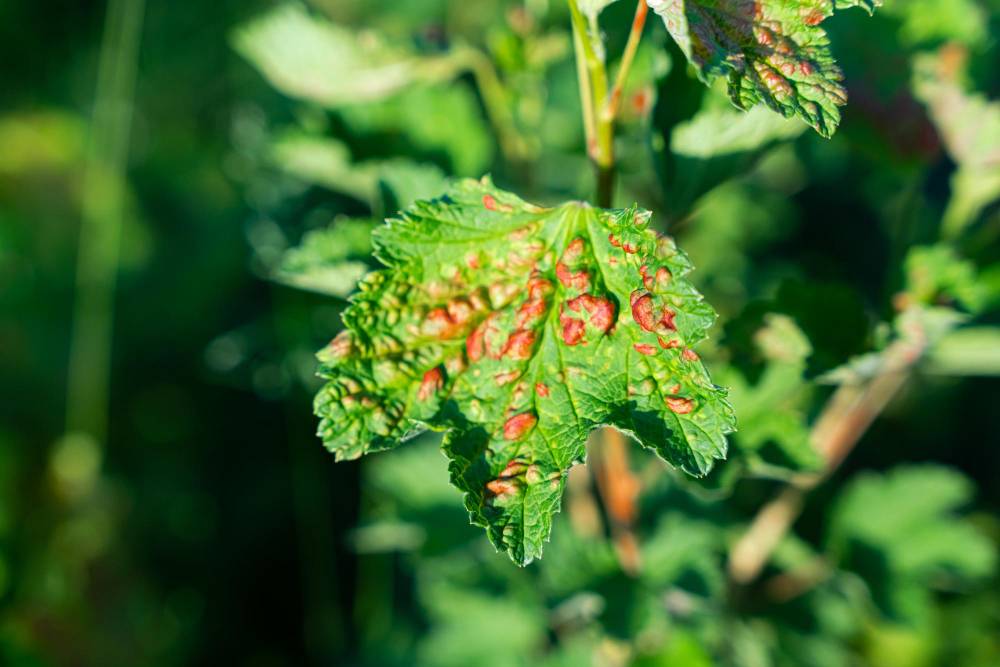
Anthracnose is caused by related fungi that thrive in warm, wet conditions and can infect plants through wounds or natural openings. The spores are spread by rain, wind, insects, and human activity, making it easy for the disease to multiply in favorable conditions. Overcrowded plantings and poor air circulation create the ideal fungi growth conditions, causing deterioration and tree removal emergencies.

The symptoms of anthracnose vary depending on the host plant and the specific fungal species involved. Common signs include dark, sunken lesions on leaves, stems, flowers, and fruits. These lesions often have a water-soaked appearance and may be surrounded by yellow halos. Infected leaves can curl, wilt, and eventually fall off. On fruits, anthracnose can cause black, sunken spots that reduce the marketability and quality of the produce. Once you notice these telltale signs of infection, call a tree care company to quickly inspect, diagnose, and treat the disease.
Anthracnose can severely affect plant health and productivity. Repeated infections in decorative trees and shrubs can cause significant defoliation and reduced vigor, increasing susceptibility to stresses, diseases, and even tree removal. In crops such as tomatoes, beans, and cucurbits, anthracnose can cause substantial yield losses and affect the quality of the produce. Tree service professionals work with farmers and gardeners, mitigating the economic losses associated with infections through proven management practices.
Identifying anthracnose involves examining the symptoms and considering the environmental conditions. Tree service experts conduct lab tests to ensure a definitive diagnosis, especially when symptoms are similar to other diseases. Professionals can identify the fungal species and recommend appropriate control measures to prevent an outbreak.
Managing anthracnose involves a combination of cultural practices, chemical treatments, and selecting resistant plant varieties. Property owners can conduct cultural practices like proper spacing of plants to ensure good air circulation, pruning to remove infected plant parts, and avoiding overhead watering to reduce leaf wetness. In addition, fungicides can be effective as preventive measures, but it is vital to follow the manufacturer’s instructions or hire a tree care company to address the problem. Consider integrating chemical solutions with cultural practices for long-term control.
While anthracnose is a challenging plant disease caused by various fungal species, arborists can pinpoint and address the disease before things worsen. By employing a combination of cultural practices, chemical treatments, and preventive measures, gardeners and farmers can reduce the impact of anthracnose and maintain healthier, more productive plants. Contact us at the Driscoll Tree Service and schedule a consultation with our experts to manage the disease proactively. This goes a long way to minimize the losses associated with this pervasive plant pathogen.
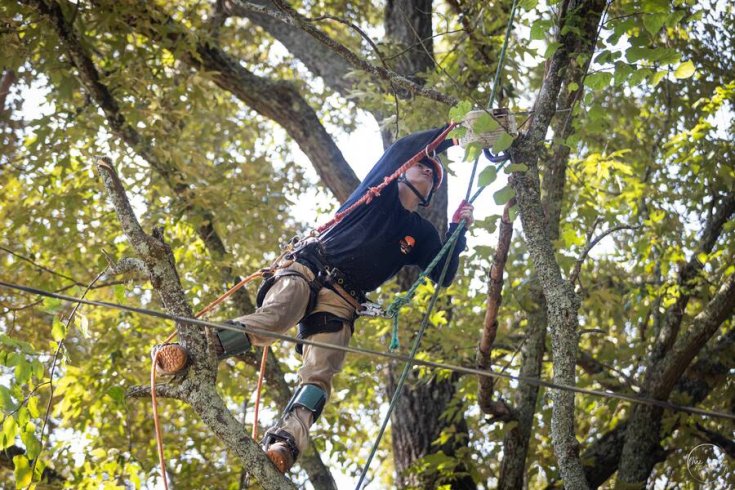
Myths About Tree Care Maintaining healthy trees requires proper care practices. Whether you prefer a hands-on approach or hiring tree service providers, regular care is essential for the trees’ overall well-being. However, most people rely on the internet for information,…
Read More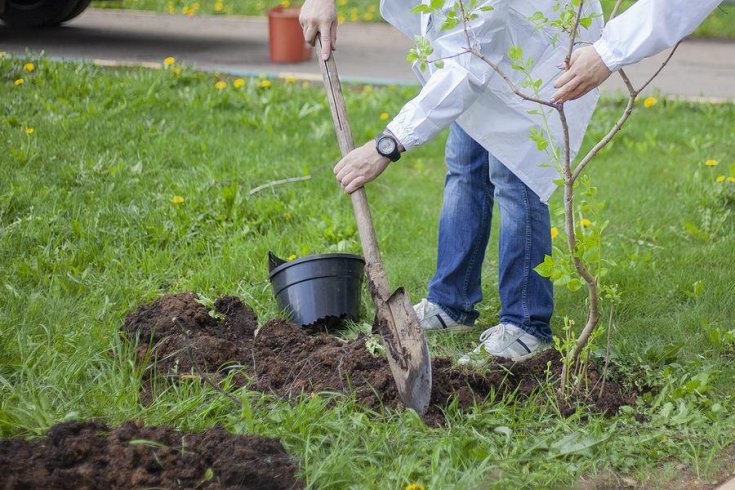
Planting Trees Properly Planting a tree is a rewarding and environmentally conscious act. However, following the proper planting techniques is essential to ensure its long-term health and growth. Here’s a helpful guide through planting a tree. As a professional and…
Read More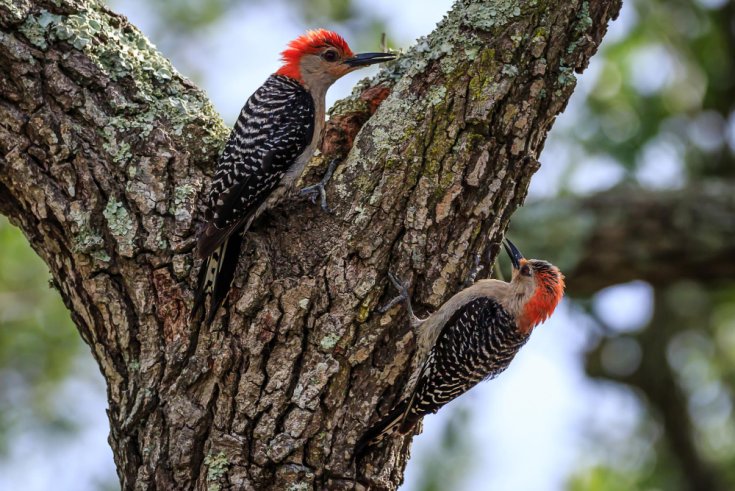
Notice Woodpecker Damage On Your Tree? Here’s What To Do Trees are a magnet for life. They provide shade, beauty, fruit, and oxygen - and they also play host to a wide range of wildlife. Birds, in particular, love trees.…
Read More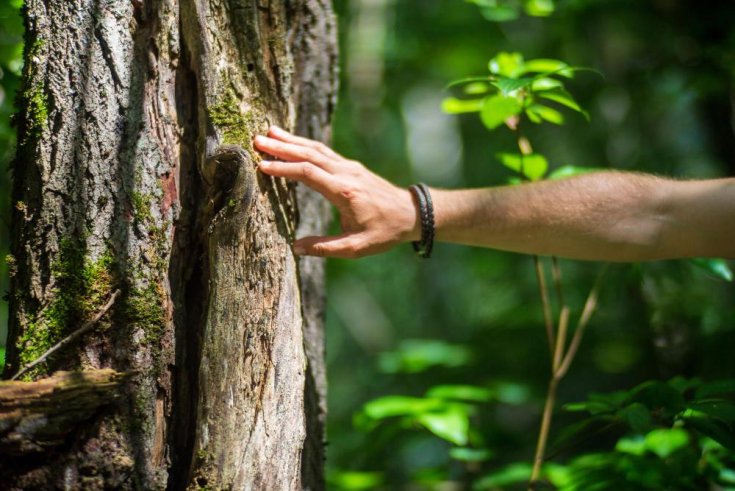
Tree Care Tips for Homeowners As a homeowner, maintaining a lush and healthy landscape enhances aesthetic appeal and plays a crucial role in providing shade, improving air quality, and enhancing the overall environment. You can achieve this by working with…
Read More
What is Tree Cabling? Trees are vital to our environment, providing shade, beauty, and ecological benefits. However, sometimes trees develop structural weaknesses that cause dangerous situations or loss premature tree removal emergencies. With that in mind, tree cabling allows property…
Read More
Brown or Black Spots on Tree Leaves As a homeowner, landscaping enhances curb appeal, safety, and property value. This includes scheduling routine inspections with a professional tree service provider. Trees provide many benefits to your home and the ecosystem, hence…
Read More
What Should I Do if My Tree Is Touching a Power Line? Trees provide many benefits, from improving air quality and curb appeal to providing a habitat for wildlife. However, trees can grow close to power lines, posing safety risks…
Read More
Removing Trees in Confined Spaces People living in urban and suburban settings often own homes with small yards. This is common in congested areas since most properties are close together. This can pose significant issues regarding tree removal, hence the…
Read More
Facts About Winter Tree Planting Planting trees is a major decision that requires consideration of crucial factors like planting time, soil quality, tree type, and tree placement. While most people often avoid landscaping projects during the cold months, winter is…
Read More
Tree Care Tips to Avoid Costly Damage Entropy is the natural direction of things. Left alone, everything tends to drift toward disorder – and your yard is no exception. Picture a forest untouched by human hands: vines tangled around tree…
Read More